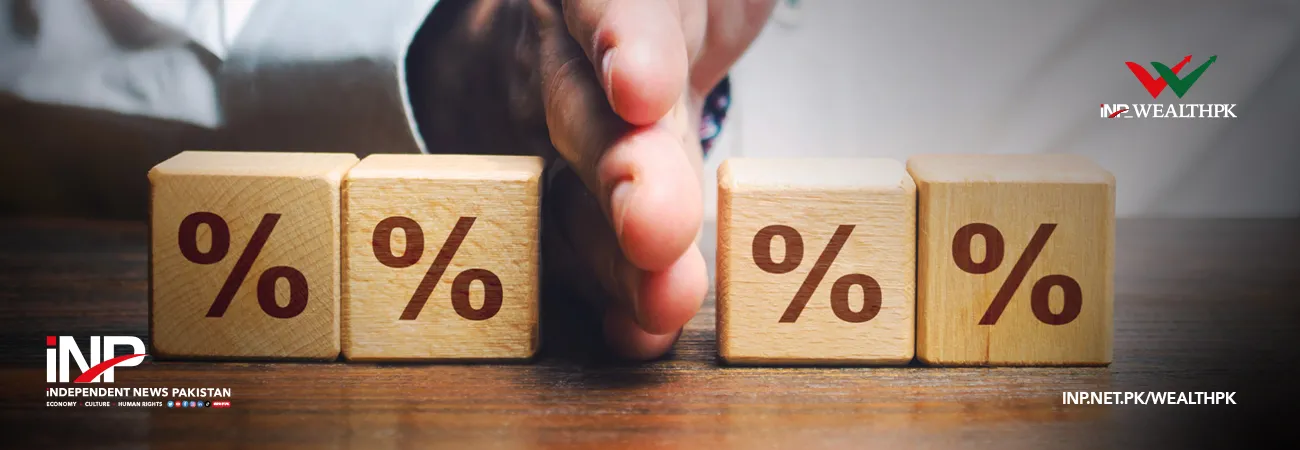i INP-WEALTHPK
Moaaz Manzoor
The policy rate cut by the State Bank of Pakistan (SBP) underscores a strategic focus on balancing inflation control with sustainable economic growth, fostering long-term stability and macroeconomic resilience.

Talking to WealthPK, Ali Najib, Head of Equity Sales at Insight Securities, remarked that inflationary expectations remain a key consideration. "The inflation rate might reach 12%, and the State Bank forecasts an uptick in both inflation and core inflation. This is evident in the recent monetary policy statement, which points to maintaining a comfort level with the real interest rates around 5-7%," he noted. Najib explained that the real interest rate currently stood at approximately 8%, reflecting a reduction from the previous levels. "December's inflation is projected at 3-3.5%, which will likely push the real interest rate to 8-9%.
However, inflation could rise again starting April or May due to the potential revenue shortfalls and additional fiscal measures like a mini-budget,” he added. Najib emphasized that the monetary policy rate was expected to stabilize around 12-13% and was unlikely to fall below 11% even in extreme scenarios. He highlighted a broader macroeconomic picture, stating that inflation was expected to remain steady at around 10% for FY26. On growth prospects, Najib noted, "Each successful IMF program review will enhance Pakistan’s standing in international financial markets. This could lead to a turnaround in economic stability and growth."
He projected that the growth rates could rise to 4.5% within the next two years, accompanied by an increase in the State Bank reserves to $15–20 billion. Speaking to WealthPK, Syed Ali Ehsan, Deputy Executive Director at the Policy Research Institute of Market Economy (PRIME), offered insights into the intricate dynamics between inflation and growth. "While inflation and growth typically show an inverse relationship, a policy rate cut could nudge inflation upward, but not excessively. The impact is sticky and takes time due to the composition of price index, which is based on a selective basket of goods," he stated.
Ehsan highlighted the medium-term implications of such a policy move, particularly its potential to stimulate economic activity. He also pointed to the positive effects on the stock market, explaining that the lower interest rates would redirect capital from the fixed-income assets toward equities. This shift could trigger a rally in mutual funds, enhancing corporate growth capacity and fostering broader economic expansion. He noted that while immediate impacts may be limited, the cumulative effect of the rate cut would likely translate into sustainable economic benefits over time.
The policy rate cut reflects a deliberate attempt to prioritize sustainable growth and long-term macroeconomic resilience. While inflationary pressures remain a concern, the move is expected to create a conducive environment for growth by bolstering investor confidence, enhancing financial market activity, and fostering economic expansion. The interplay between fiscal discipline and monetary adjustments will remain crucial in achieving these objectives.
Credit: INP-WealthPk









